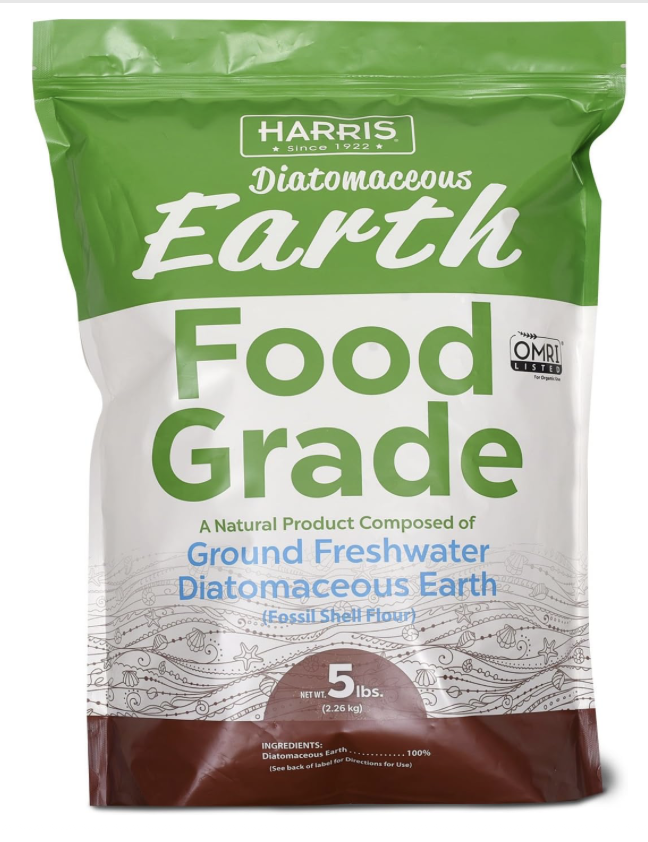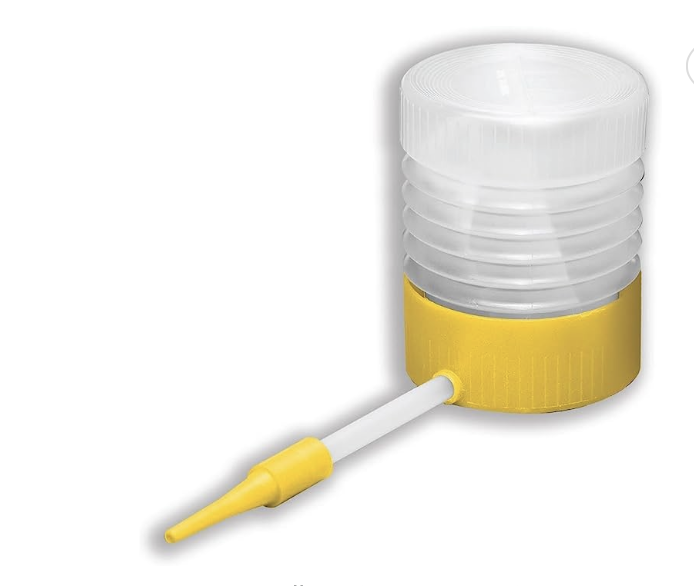
 1
1




 2
2




Invasive plants are Earth's way of insisting we notice her medicines. Stephen Herrod Buhner
Everyone learns what works by learning what doesn't work. Stephen Herrod Buhner

 3
3




List of Bryant RedHawk's Epic Soil Series Threads We love visitors, that's why we live in a secluded cabin deep in the woods. "Buzzard's Roost (Asnikiye Heca) Farm." Promoting permaculture to save our planet.
 1
1




 2
2




 4
4




Invasive plants are Earth's way of insisting we notice her medicines. Stephen Herrod Buhner
Everyone learns what works by learning what doesn't work. Stephen Herrod Buhner
 4
4




Best serotonin-booster ever: garden time.
 6
6








Go outside and play!
 2
2




Best luck: satisfaction
Greatest curse, greed
 2
2




Bryant RedHawk wrote:The things I have tried and had good success with are 1. spent coffee grounds, you need to cover the mound and all around at least 1 meter from the outer edge of the mound. make the grounds a 3 cm thick layer
2. boiling water, this is poured into the mound and then, again, all around the mound at least 1 meter from the outer edge of the mound. Use at least 20 liters per application (may take several applications in increasingly further distances from the edge of the mound)
3. Club Soda, pour into the mound at least 3 2L bottles of club soda, this removes O2 from the ant colony and they suffocate.
Blazing trails in disabled homesteading
 4
4




Shari Clark wrote:We live in the middle of a forest and ants were regular visitors to our cabin for the first couple years. We tried all kinds of things but the only thing that worked consistently for us was diatomaceous earth. Sprinkle around where they go, and around any holes you see them coming from. They are usually all gone within 2-3 days.
Blazing trails in disabled homesteading
 3
3




 3
3




L. Barry wrote:If there are any trade secrets that we haven't yet tried, please tell.


Mike




To be is to do …Kant
To do is to be ..Nietzsche
Do be do be do…Sinatra
 3
3




 2
2




Invasive plants are Earth's way of insisting we notice her medicines. Stephen Herrod Buhner
Everyone learns what works by learning what doesn't work. Stephen Herrod Buhner





|
A teeny tiny vulgar attempt to get you to buy our stuff
The new gardening playing cards kickstarter is now live!
https://www.kickstarter.com/projects/paulwheaton/garden-cards
|




